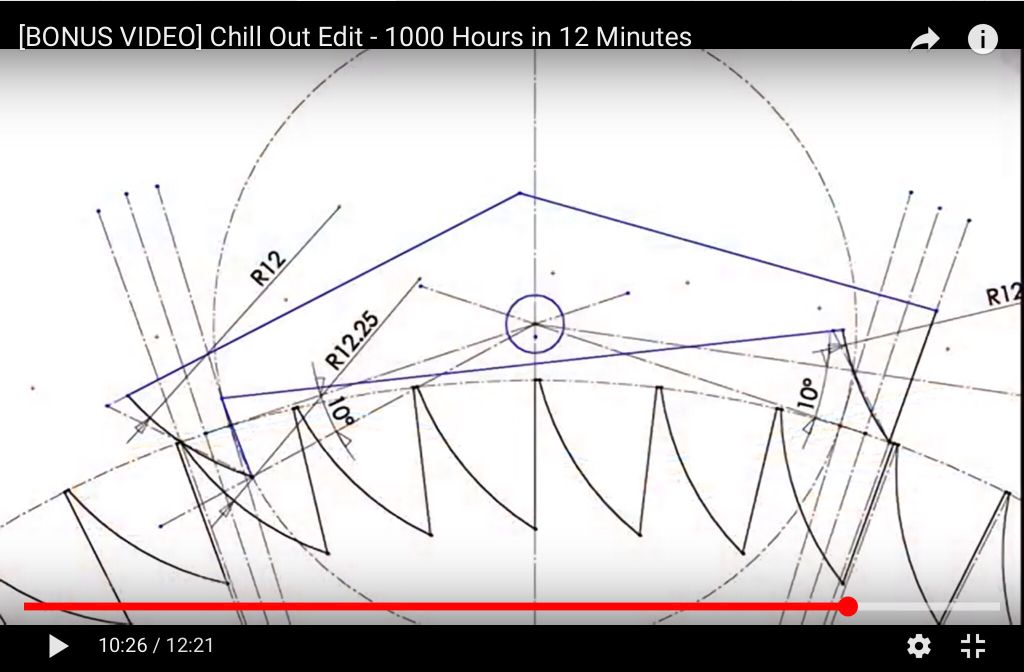Whilst appreciating that all advice is well intentioned I do feel that some comments are ether gratuitous or ill-considered.
The OP has already discovered that oil won't make a faulty clock run. It wouldn't, no matter how administered.
The OP has told us that drop is 1/3 of the tooth thickness. Assuming a tooth thickness of .015" which would be reasonable then the drop would be some .005". All else being OK the clock would run. So shortening the pallet arbor and escape wheel centres may reduce an already tiny drop but won't alter the impulse faces. That's not the function of that adjustment. (Assuming it exists on that clock). Agreed it is done by poor repairers in an attempt to compensate for worn pallets but is a poor bodge and affects the overall escapement action.
The OP has told us that the pallets and wheel teeth have been brought to a mirror finish. Polishing the wheel teeth may not be advisable on a first build given the risk of affecting the tooth profile for minimum benefit on an anchor escapement.
Filing the escape wheel teeth in the lathe is I think risky advice for someone new to clock making. The teeth are delicate. Does he have a suitable file? I appreciate it's done but normally to correct an inaccurate or damaged escape wheel, not to try and compensate for an innacurate pallet. Given his small drop it's unlikely there's a proud tooth or it would manifest itself by catching on the pallet and he'd be aware of a short tooth skipping through. If he succeeds in accurately reducing the diameter of the escape wheel then he's upset the whole escapement geometry and a new made perfect pallet may not work. He's now introduced a second variable. What's he to do then? Bend the pallet arbor?
Anchor escapements are incredibly tolerant of wear and abuse and the fact that this clock fails to make any attempt to run suggests that there is a radical fault in the manufacture.
I concur with John Haine who has summed it up thus "I fear the solution most likely to succeed is to make a new anchor"
You could initially of course make one more easily from aluminium or brass as a try out before going for carbon steel.
Chris TickTock.





